When you first land in Vietnam, the images of the famous noodle soup, phở, and the appetizing sandwich, bánh mì, will greet you in the airport. When you go outside of the airport, many stalls offering the mentioned dishes crowd the country.
We all know that Vietnam has a lot of amazing dishes, but of the two, bánh mì and phở, the sandwich–bánh mì, I would say is the royalty of the streets. It is ubiquitous.
Almost every alley, street, district, ward, or city in Vietnam has a bánh mì cart, kiosk, or stall. It is the go-to meal of Vietnamese people because it is lightweight and easily accessible.
Bánh mì takes heavy influence from the French baguette, which is long and thin. The Vietnamese baguette, on the other hand, is shorter in size. And in some cases, the bánh mì is stout in width. Despite the difference in length and sometimes width, both breads possess a crispy crust outside. The two baguettes have a soft and airy inside. This internal texture allows the bread to be eaten with fillings or spread. They can also be consumed on its own or partnered with hot coffee.
How the bánh mì spread in every corner of Vietnam is complex. It can be attributed to the country’s subjugation to imperial France. During this period, the French introduced several baked goods, which included the baguette. The ingredients for the French baguette are wheat flour, yeast, salt, and water.
Prior to World War I, when the prices of imported wheat were expensive, the baguette was a luxury. But the entry of French soldiers and supplies changed the whole landscape for the baguette in Vietnam. At this point, bakers began mixing rice flour in the making of the baguettes. This addition made bánh mì available for the common Vietnamese.
Consequently, historical developments have allowed the current bánh mì to be enjoyed mainly as a street food. The famous Vietnamese sandwich is accessible, delicious, and cheap.
From being a luxurious food item in the past, the bánh mì is now an indispensable breakfast meal for almost everyone. The Vietnamese baguette is portable in nature. It is easy to stop by a street stall to order and eat the bread once you have arrived at your destination.
Nevertheless, the wonders of bánh mì does not end with its portability.This wonder bread is versatile. I have mentioned that the bread has a soft, airy texture inside, which allows for some fillings and spread. Back in the days, the bánh mì was commonly eaten with butter or sugar. Until such time, mayonnaise and liver pâté were added to give the bread a savory taste. The sandwich also included cold cuts like ham to complete it. Vietnamese people popularized the fillings for bánh mì consequently. Thus, different fillings for bánh mì emerged following the cold cuts like ham. The bánh mì began to be localized.
The bread is stuffed with a selection of protein: grilled pork, chicken floss, egg, pâté, cucumber, pickled daikon and carrots, local herbs, Vietnamese mayo, soy sauce, chili sauce, and peppers.
Frankly, I have never encountered bread like this in the Philippines. The closest I could think of is the basic sandwich, which uses two loaves of flat white or wheat bread. We commonly use a cheese spread or mayonnaise, then add tuna, chicken, or egg.
Another comparable food item we have to the bánh mì is the burger. Burgers have protein, cheese, and sometimes veggies. Most fast food chains in my country offer their own rendition of a burger. The burger’s popularity in the Philippines is so high that we can find small burger shops beside gas stations, street corners, or any landmark. Personally though, I enjoy the composition of bánh mì more than burgers because bánh mì has more vegetables, and there are more choices for fillings.
Bánh mì Ông Phú Đạt – Da Nang
And here in Da Nang city, I had the chance to try one famous bánh mì shop– Bánh mì Ông Phú Đạt (Mr. Phu Dat bread). It was a chilly morning when my friend and I went out to try their bánh mì. The place sells grilled pork belly, which is what hèo nướng lu means.
The fragrant scent of the grilled pork belly caught my nose right away. It is evident that the shop uses many herbs and spices to make the smell and taste of their pork belly stand out.
Their grilled pork belly features a crispy skin and a soft, chewy pork belly, which is perfection alone. What gives the pork belly this incredible texture and tender meat is the manner in which it is cooked. In a big clay jar, the pork belly is grilled to perfection.
Furthermore, we can eat Ông Phú Đạt’s pork belly with rice or just assorted fresh vegetables leaves. But of course, there is one more way the grilled pork can be eaten–as a bánh mì filling. Their grilled pork belly is different from the typical pork fillings out there, which is pork smothered in lemongrass or marinade. Consisting of local herbs, pickled vegetables, soy sauce, green chili, and black pepper, Ông Phú Đạt grilled pork belly and their baguette complete the ensemble.
As I took my first bite of my bánh mì, I immediately felt the crunchy outside layer of the bread, which is great, and the crispy skin of the pork belly. Although I feel like I could enjoy more filling for my bánh mì, I think the price is just right for the quantity of meat. A single order of bánh mì heo nướng costs around 20K-25K (VND). The price is a little over 1$ for an order.
There are six shops all over the city. All of which are crowded in the morning. Their bánh mì is a go-to breakfast for many Da Nang residents. The shop has a telephone number that takes online deliveries for customers who cannot go to their stalls. Moreover, I will add the address of the shop at the end of this article, so you can check which store is the nearest to your location.
Bánh mì Ông Phú Đạt stays true to the nature of bánh mì – accessible, delicious, and cheap. It is perfect as a breakfast option or as a light snack. Enjoy it with a bottle of cold water, or like I did, with a cup of bạc xỉu coffee to start my day!
Where to get Bánh mì Ông Phú Đạt?
📌 Location 1: 128 Nguyen Duy Hieu, Da nang
📌 Location 2: 467 Hoang Dieu, Da Nang
📌 Location 3: 101 Chau Thi Vinh Te, Da Nang
📌 Location 4: 195 Nui Thanh, Da Nang
📌 Location 5: 138 Dong Da, Da Nang






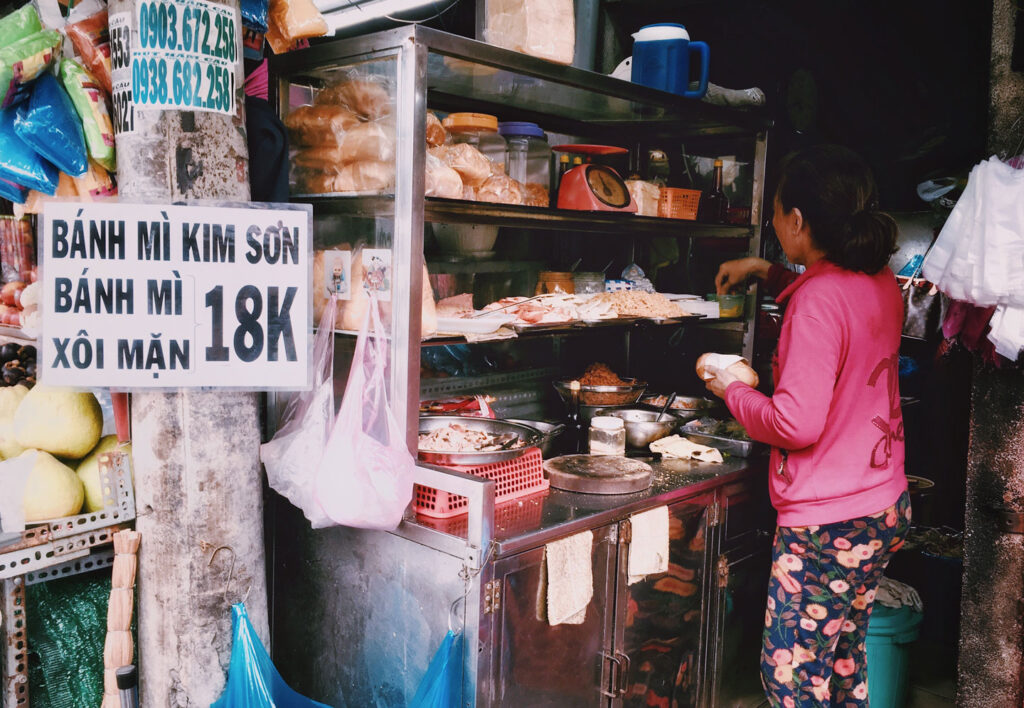
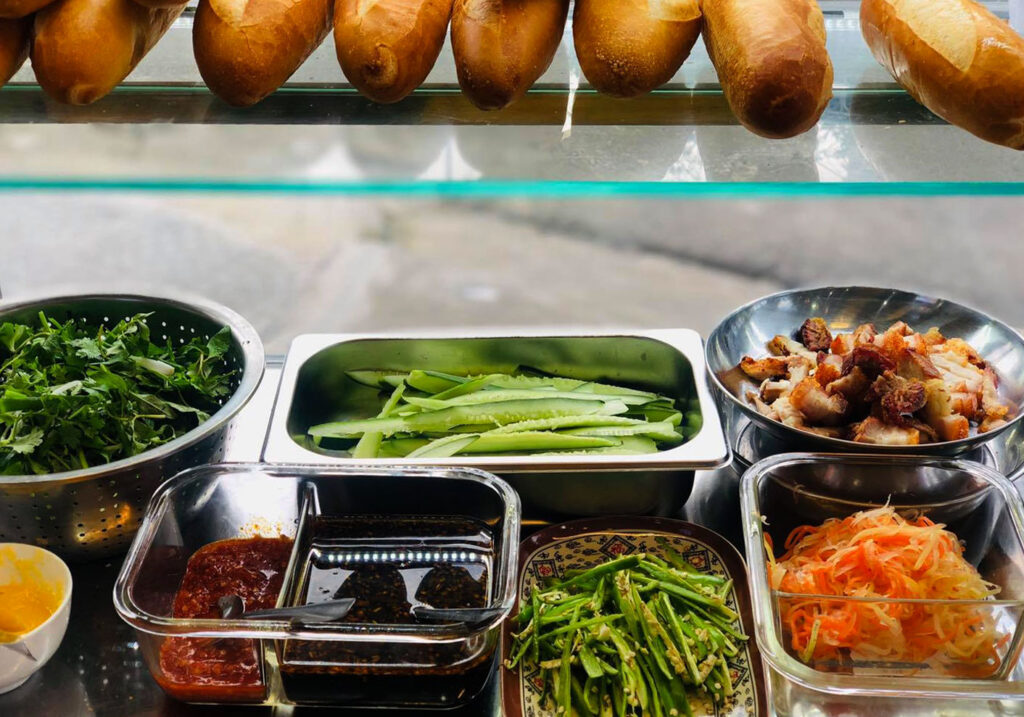
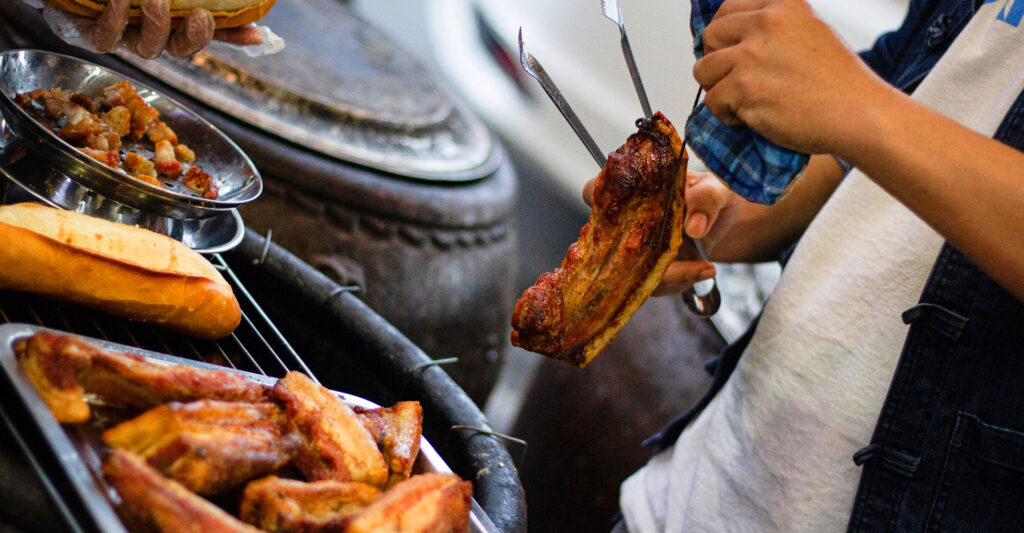
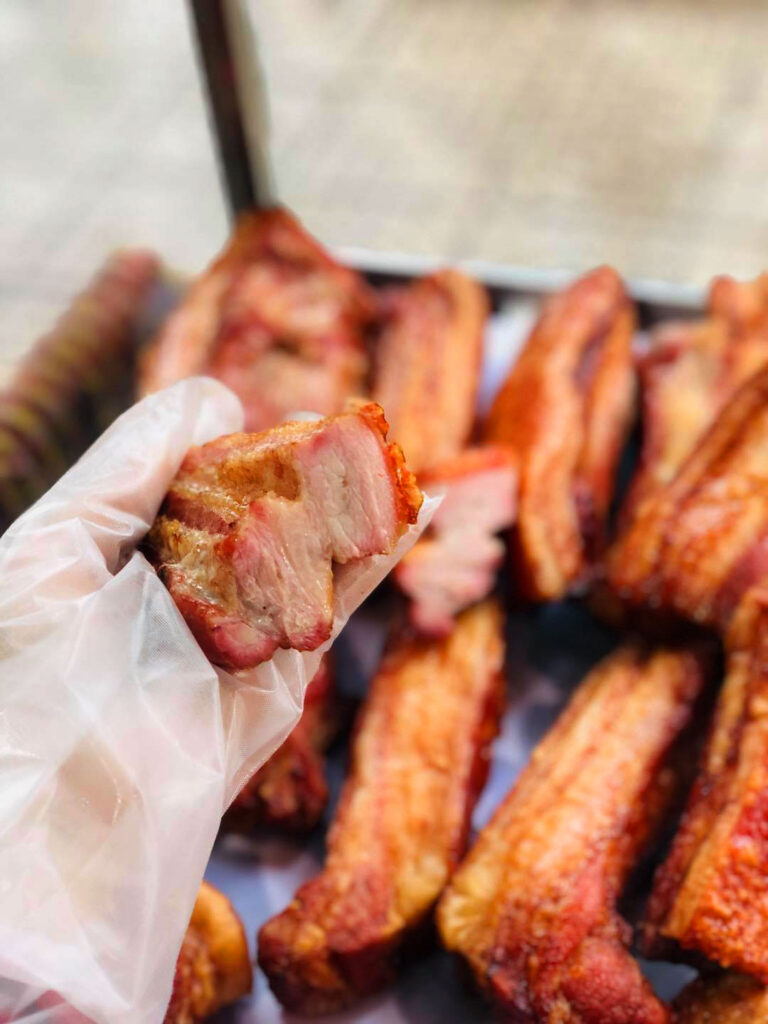
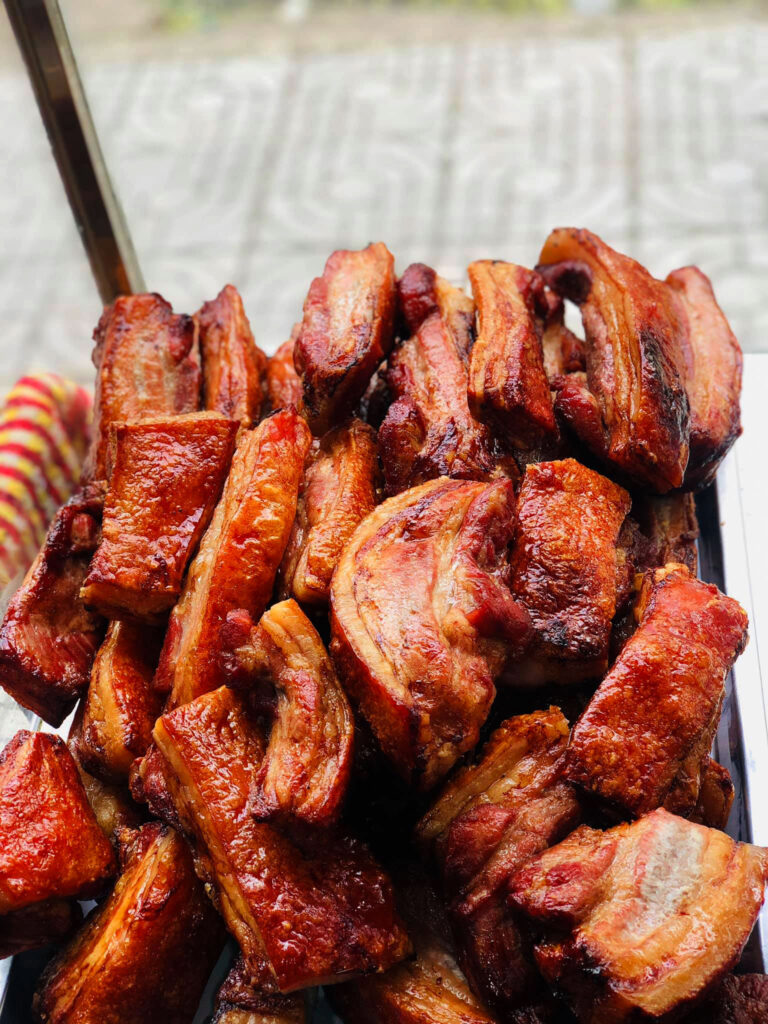
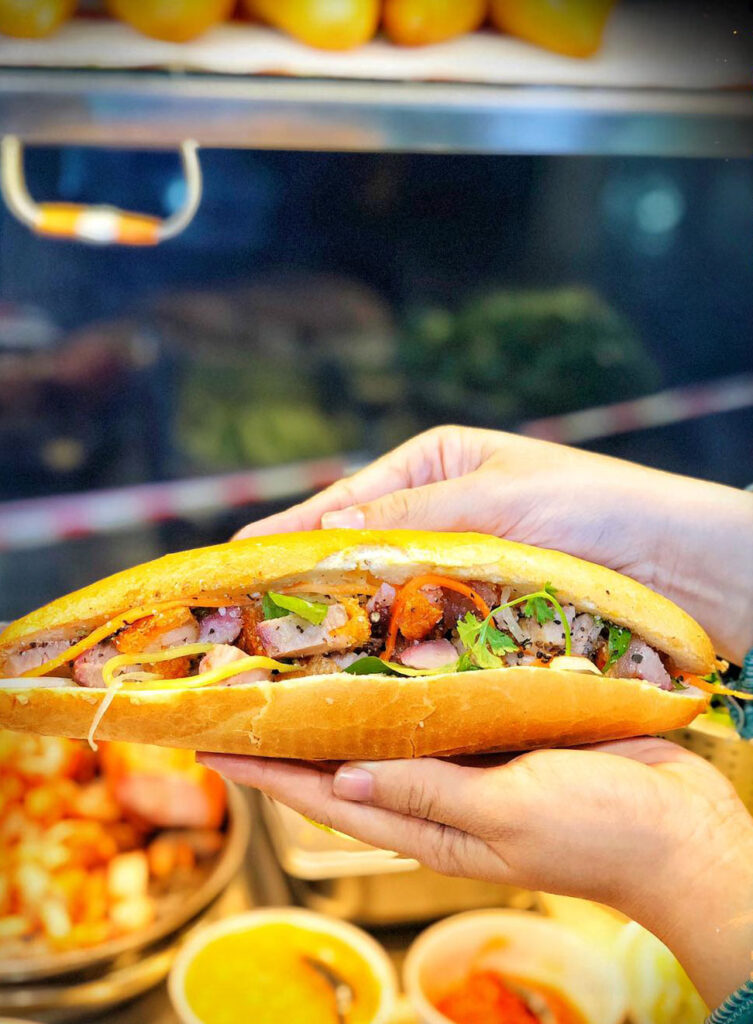
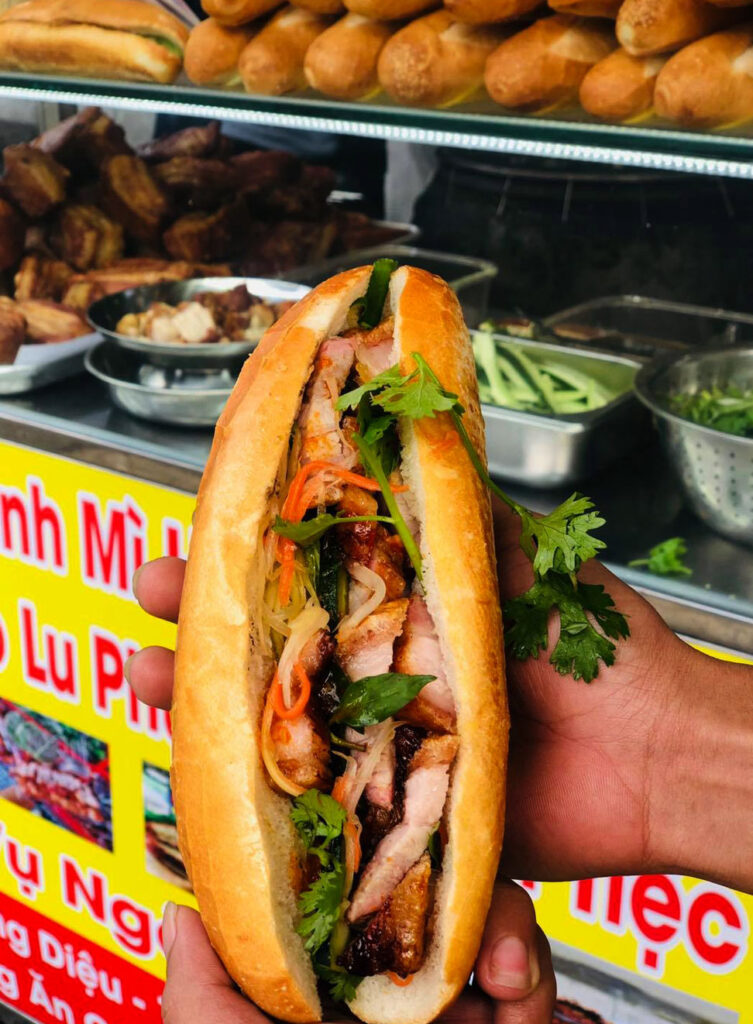

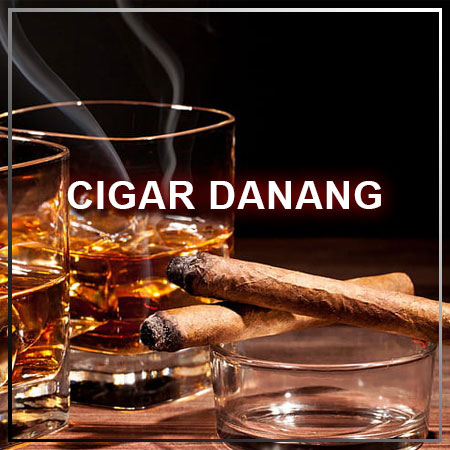
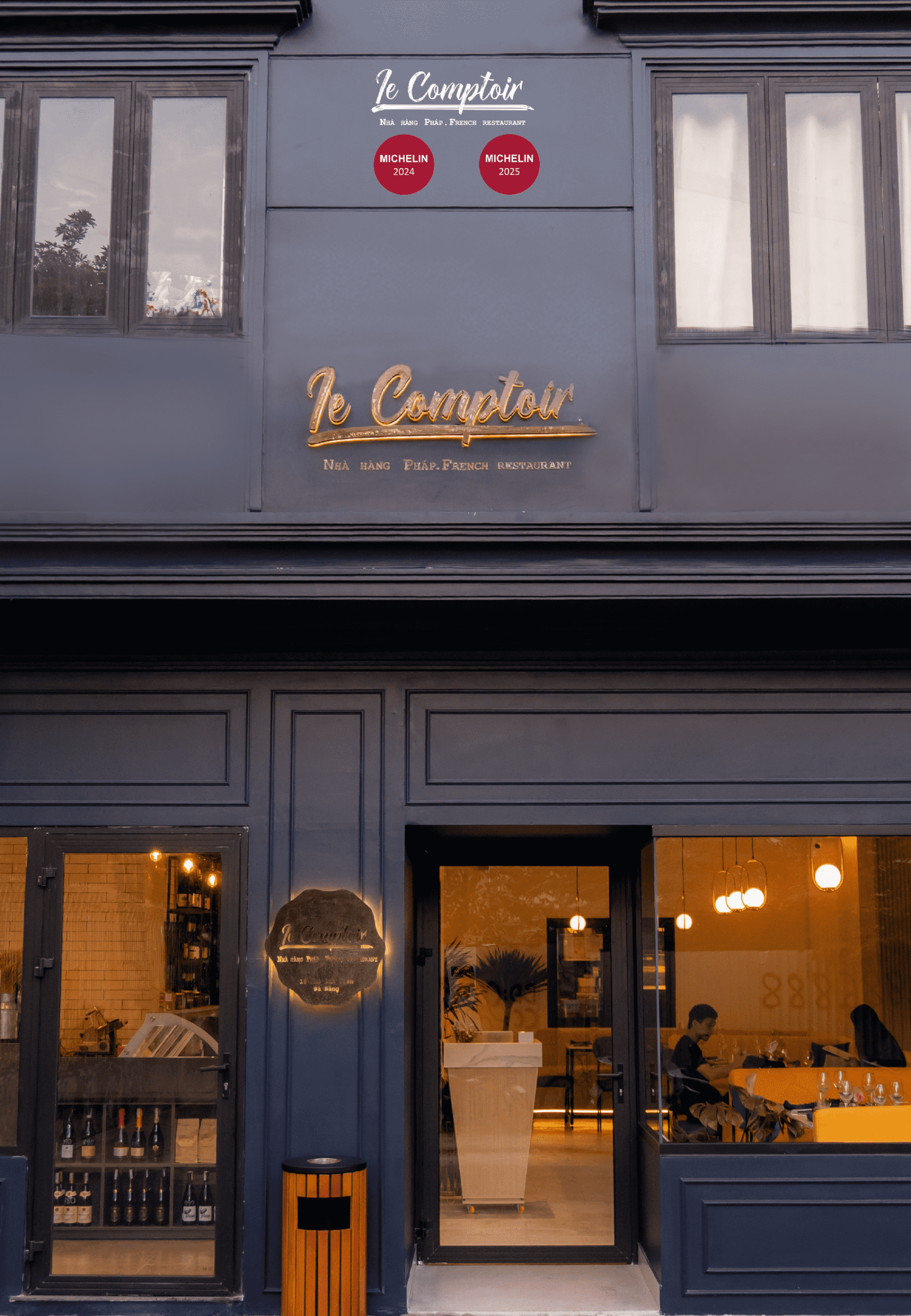

Well done Summer! Now I’m going go try this. 👏🤩